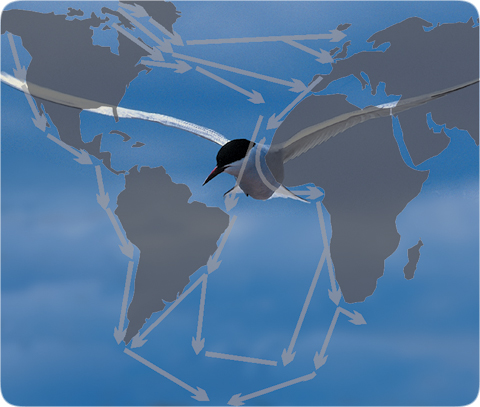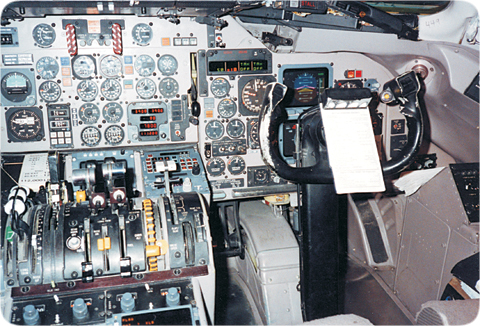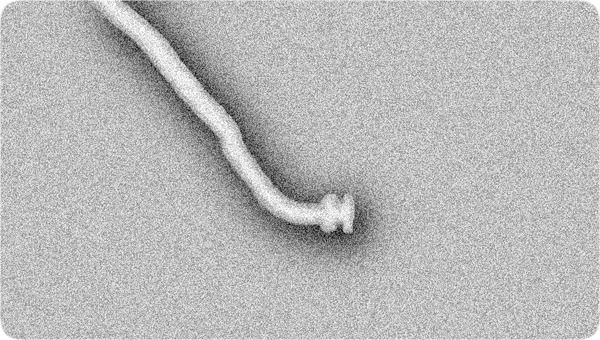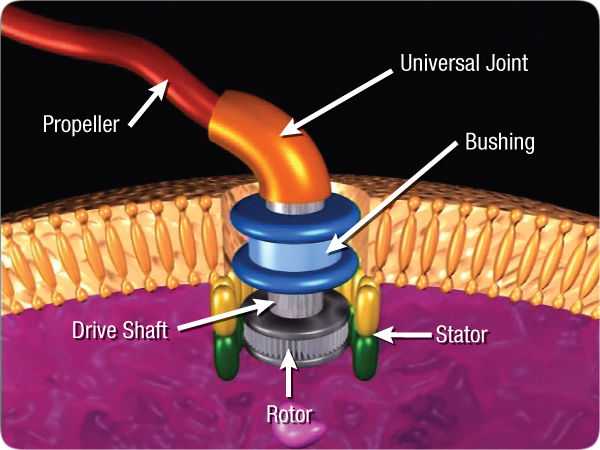Show your support by donating any amount. (Note: We are still technically a for-profit company, so your
contribution is not tax-deductible.)
PayPal Acct:  Feedback:
Feedback: 
Donate to VoyForums (PayPal):
| [ Login ] [ Contact Forum Admin ] [ Main index ] [ Post a new message ] [ Search | Check update time | Archives: 1, 2, 3, 4, 5, 6, 7, [8], 9, 10 ] |
Living Technology 2


Figure 18: Arctic Tern Migration Routes and Cockpit. The Arctic Tern, a bird of average size, navigates across oceans with the skill normally associated with navigational equipment in modern intercontinental aircraft. A round trip for the Tern might be 22,000 miles. The Tern’s “electronics” are highly miniaturized, extremely reliable, maintenance free, and easily reproduced. Furthermore, this remarkable bird needs no training. If the equipment in modern intercontinental aircraft could not have evolved, how could the Tern’s more amazing “equipment” have evolved?
Equally amazing is the monarch butterfly that flies thousands of miles from breeding grounds as far north as Canada to wintering grounds as far south as Mexico. Processing information in a brain the size of a pin head, it navigates using a magnetic compass and, to a lesser extent, the Sun.
Many bacteria, such as Salmonella, Escherichia coli, and some Streptococci, propel themselves with miniature motors at up to 15 body-lengths per second (f), equivalent to a car traveling 150 miles per hour—in a liquid. These extremely efficient, reversible motors rotate at up to 100,000 revolutions per minute (g). Each shaft rotates a bundle of whiplike flagella that acts as a propeller. The motors, having rotors and stators, are similar in many respects to electrical motors (h). However, their electrical charges come from a flow of protons, not electrons. The bacteria can stop, start, and change speed, direction, and even the “propeller’s” shape (i). They also have intricate sensors, switches, control mechanisms, and a short-term memory. All this is highly miniaturized. Eight million of these bacterial motors would fit inside the circular cross section of a human hair (j).
Evolutionary theory teaches that bacteria were one of the first forms of life to evolve, and, therefore, they are simple. While bacteria are small, they are not simple. They can even communicate among themselves using chemicals (k).
Some plants have motors that are one-fifth the size of bacterial motors (l). Increasing worldwide interest in nanotechnology is showing that living things are remarkably designed—beyond anything Darwin could have imagined.

Figure 19: Bacterial Motor. Drawing based on a microphotograph of the flagellum of a salmonella bacterium.

Figure 20: Illustration of a Bacterial Motor. Although no one completely understands how these tiny motors work, many studies have deduced the presence of the above components.
f. David H. Freedman, “Exploiting the Nanotechnology of Life,” Science, Vol. 254, 29 November 1991, pp. 1308–1310.
Tom Koppel, “Learning How Bacteria Swim Could Set New Gears in Motion,” Scientific American, Vol. 265, September 1991, pp. 168–169.
Howard C. Berg, “How Bacteria Swim,” Scientific American, Vol. 233, August 1975, pp. 36–44.
g. Y. Magariyama et al., “Very Fast Flagellar Rotation,” Nature, Vol. 371, 27 October 1994, p. 752.
h. Could a conventional electrical motor be scaled down to propel a bacterium through a liquid? No. Friction would overcome almost all movement. This is because the ratio of inertial-to-viscous forces is proportional to scale. In effect, the liquid becomes stickier the smaller you get. Therefore, the efficiency of the bacterial motor itself, which approaches 100% at slow speeds, is remarkable and currently unexplainable.
i. C. Wu, “Protein Switch Curls Bacterial Propellers,” Science News, Vol. 153, 7 February 1998, p. 86.
j. Yes, you read this correctly. The molecular motors are 25 nanometers in diameter while an average human hair is about 75 microns in diameter.
k. “Bacteria can organize into groups, they can communicate. ... How could this have evolved?” E. Peter Greenberg, “Tiny Teamwork,” Nature, Vol. 424, 10 July 2003, p. 134.
Bonnie L. Bassler, “How Bacteria Talk to Each Other: Regulation of Gene Expression by Quorum Sensing,” Current Opinion in Microbiology, Vol. 2, No. 6, 1 December 1999, pp. 582–587.
l. “... the smallest rotary motors in biology. The flow of protons propels the rotation ...” Holger Seelert et al., “Proton-Powered Turbine of a Plant Motor,” Nature, Vol. 405, 25 May 2000, pp. 418–419.
“The ATP synthase [motor] not only lays claim to being nature’s smallest rotary motor, but also has an extremely important role in providing most of the chemical energy that aerobic and photosynthetic organisms need to stay alive.” Cross, Richard L. “Turning the ATP Motor,” Nature, Vol. 427, 29 January 2004, pp. 407–408.
[From “In the Beginning” by Walt Brown ]
[
Next Thread |
Previous Thread |
Next Message |
Previous Message
]
|
Forum timezone: GMT-8 VF Version: 3.00b, ConfDB: Before posting please read our privacy policy. VoyForums(tm) is a Free Service from Voyager Info-Systems. Copyright © 1998-2019 Voyager Info-Systems. All Rights Reserved. |